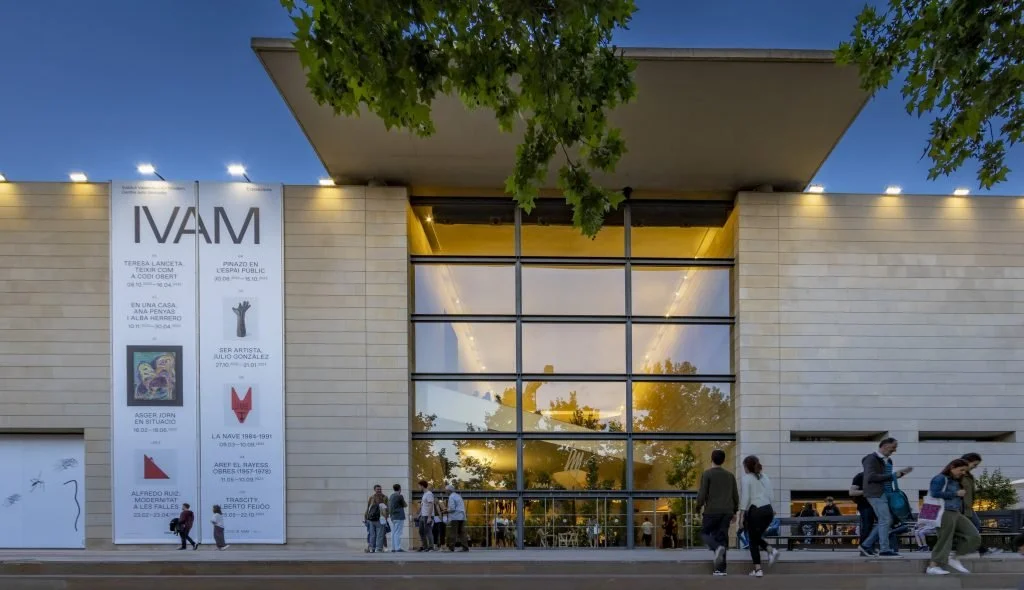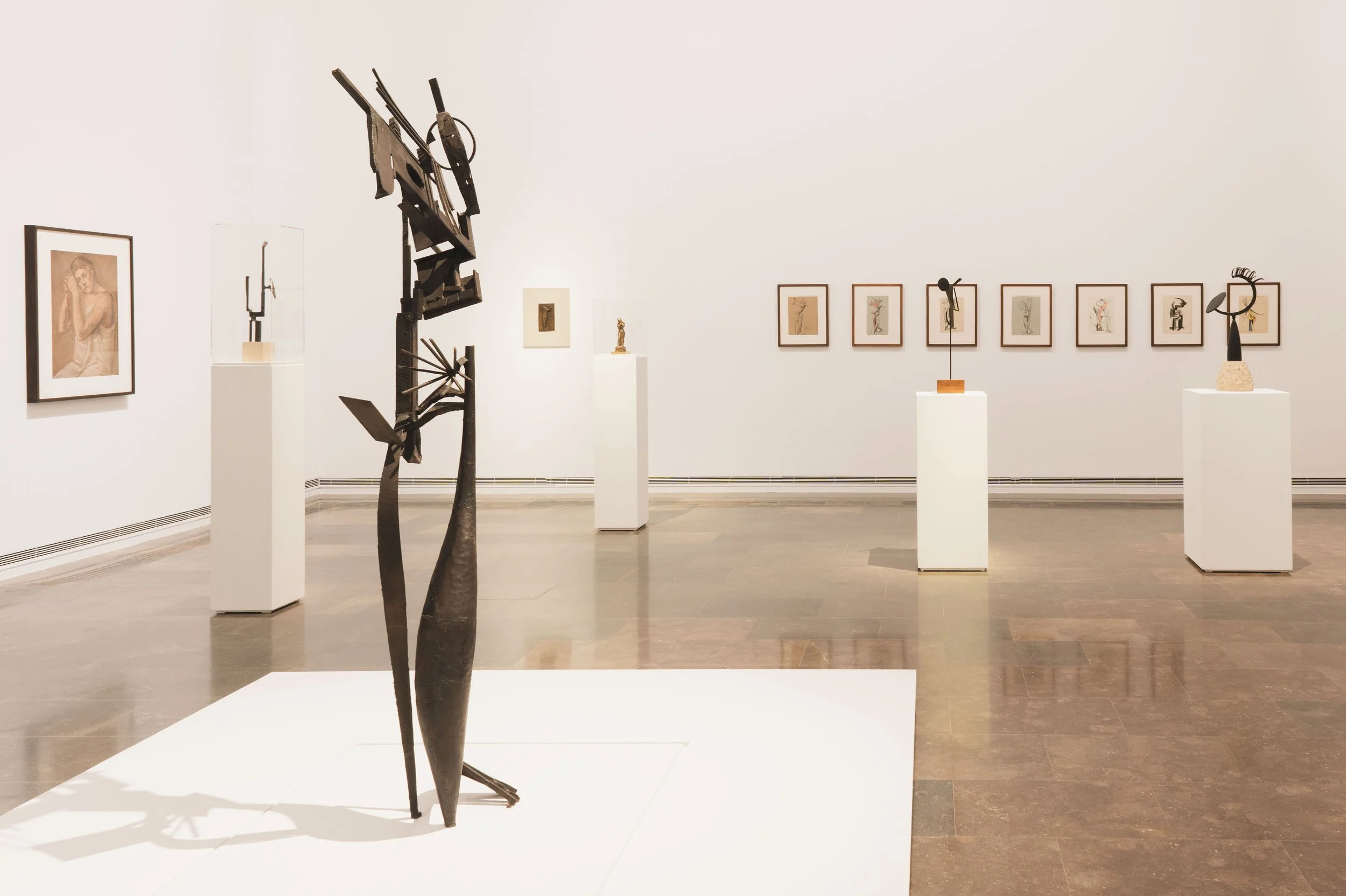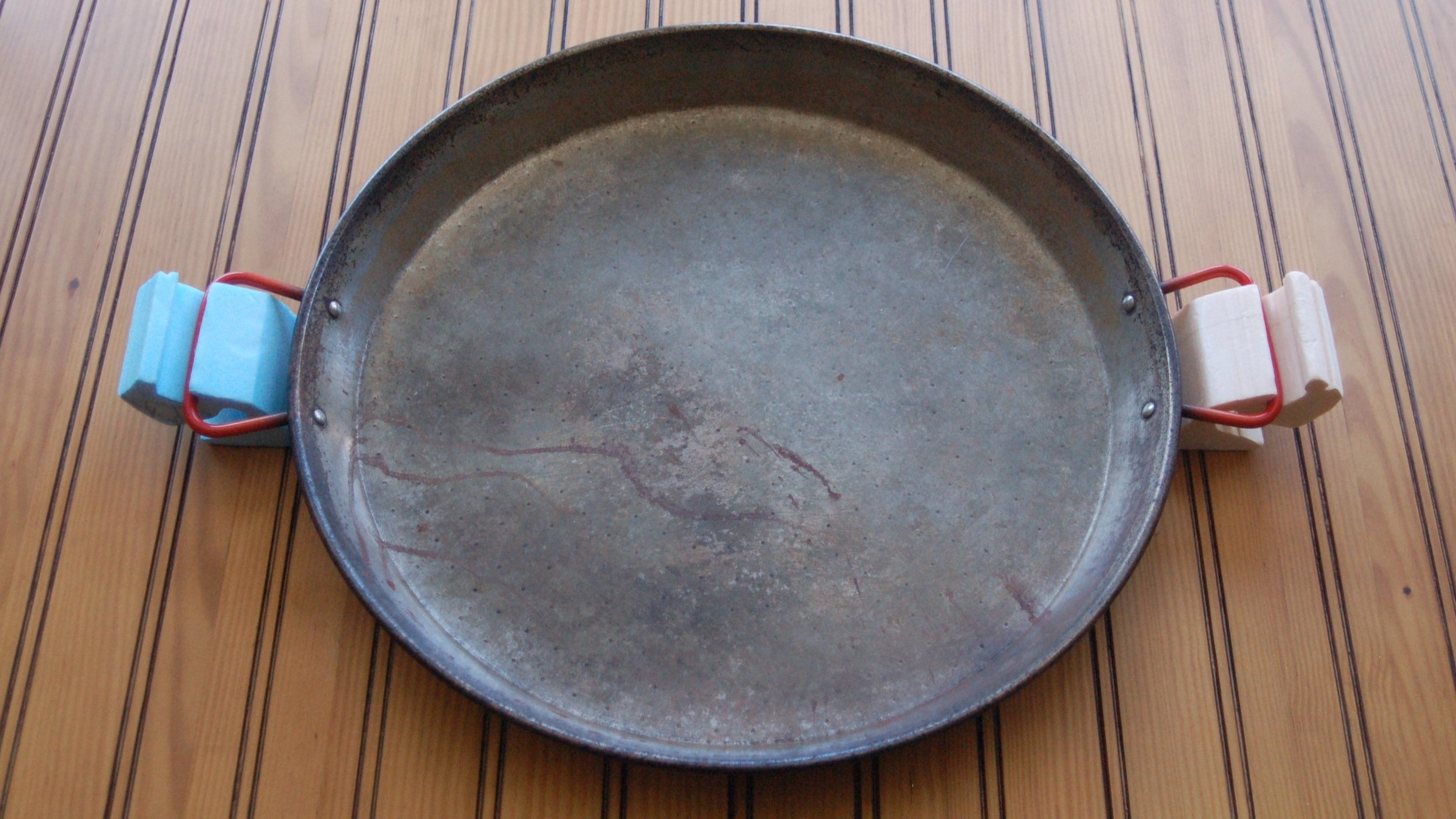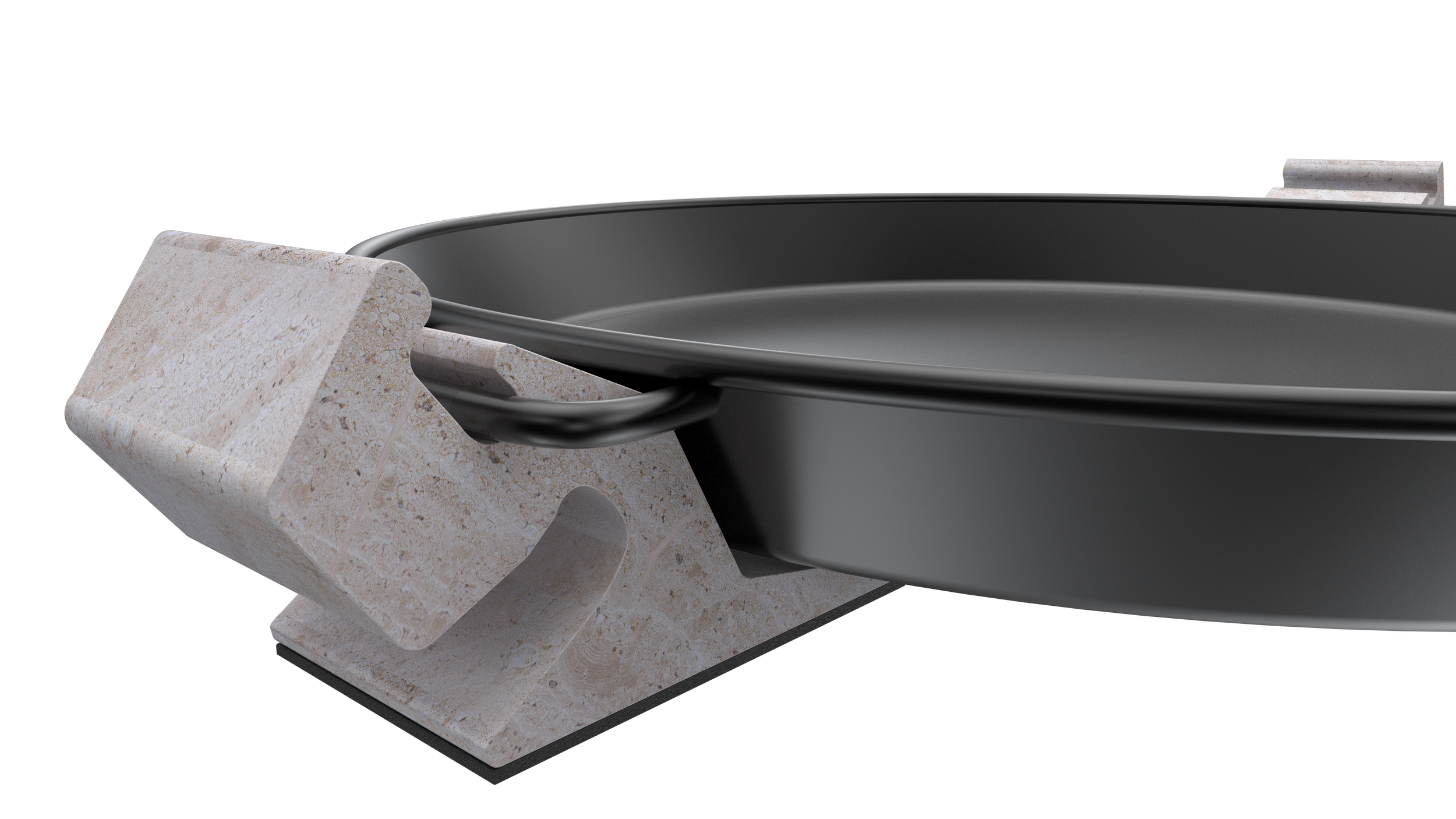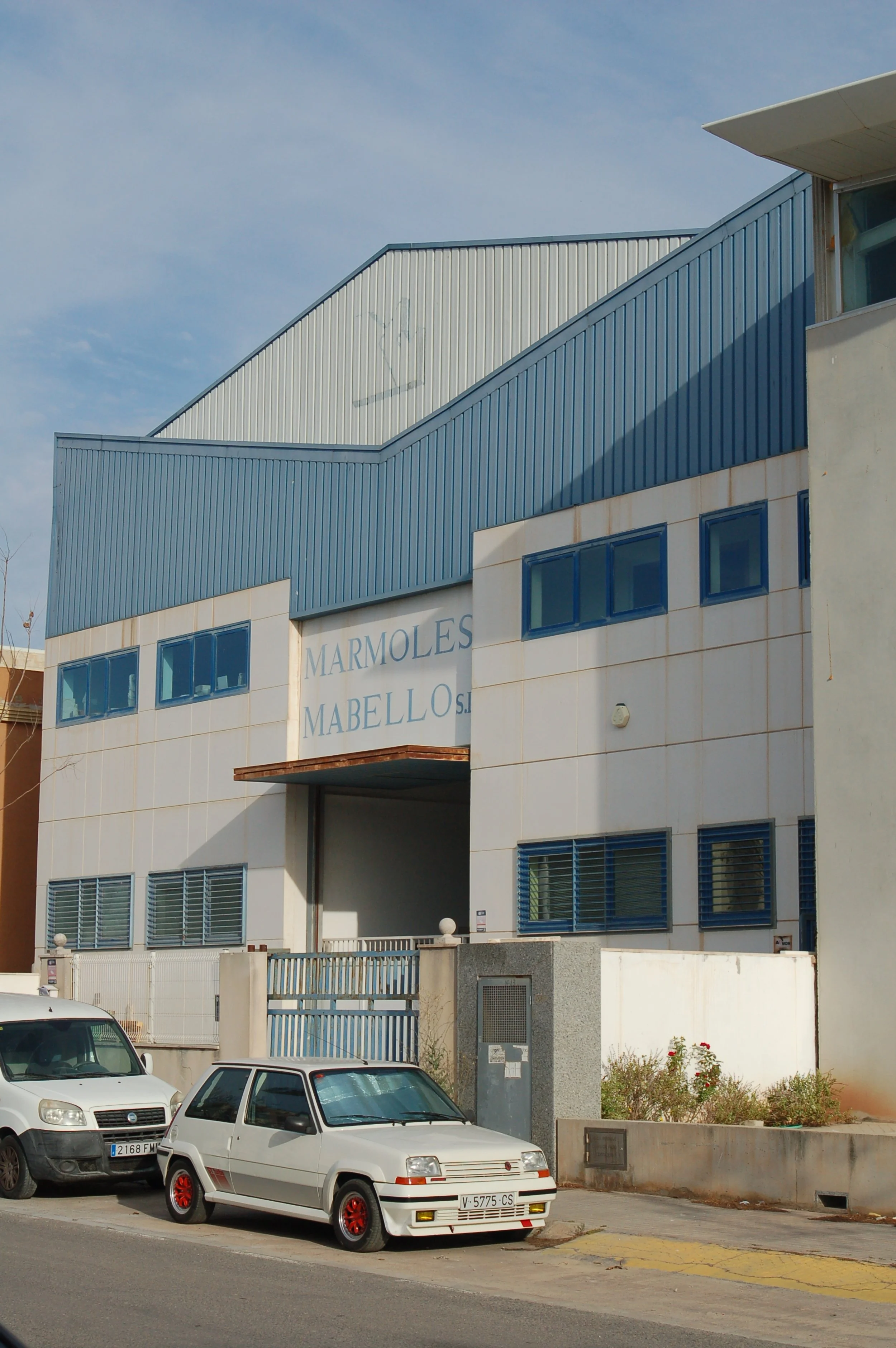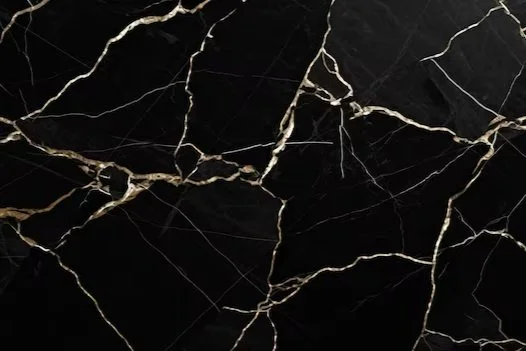Serving accessory designed to carry a paella to the table while preventing it from spinning, ensuring stability and ease of serving. The product takes inspiration in Tempo, a painting by Pablo Palazuelo. It was manufactured by Mabello craftsmanship business.
Emphasis
Originality, Manufacturing, Craftsmanship, and Aesthetics.
Tools
AutoCAD, Rhinoceros, V-Ray, Adobe Illustrator, Final Cut Pro
Tempo
There’s a rich tradition behind cooking and sharing a Spanish paella. The pan, still warm from the fire, is placed at the center of the table, inviting everyone to dig in with their spoon. But there’s a problem—every scoop from the edge makes the slightly convex pan rotate. The obvious solution? Holding it down by the handle. But that’s tedious—and burns.
What if there were a way to carry the paella to the table and keep it steady, so everyone could enjoy it comfortably? No burns, no hassle—just the perfect meal, shared the way it was meant to be.
Inspired by Tempo, a painting by renowned Spanish artist and sculptor Pablo Palazuelo, this design draws from his distinctive geometric style. The artwork, exhibited at IVAM in Valencia, served as the foundation for a piece that blends form and function in a meaningful way.
Tempo’s Story
It all started at IVAM (Instituto Valenciano de Arte Moderno). As I wandered through the museum, I searched for a painting that could inspire a product. I’ve always been drawn to abstract and geometric art, and when I saw Tempo by Pablo Palazuelo, I knew I had found the perfect piece. Its abstract nature captured the essence of paella’s rich and sometimes contradictory traditions. The black and yellow hues were already there—it was meant to be.
With the painting and the problem defined, the brainstorming and prototyping process began. After countless sketches and low-fidelity models, I narrowed it down to two concepts. Both made sense functionally, but one truly embodied Palazuelo’s abstract style while also offering a more intuitive and practical design.
I then created a second prototype to test it with different paella sizes, refining the shape and proportions. The photos here illustrate the core idea.
Some irregularities were intentional—I initially considered fully embracing the painting’s form, but in the end, simplicity won.
Once the functionality was validated, I moved on to rendering, exploring materials and textures. Marble emerged as the ideal choice—it had the weight needed for stability and an elegance that perfectly complemented the design.
The project’s name evolved over time. I initially brainstormed options like quietpa, but ultimately, Tempo was the perfect fit—simple, meaningful, and true to the painting. The first poster I created captured the concept well, though both the visuals and the name went through refinements.
Finding the right manufacturer was crucial. After researching artisans and businesses, I connected with Mabello, a Valencian company known for its expertise in marble and stone craftsmanship. I chose Negro Marquina, a high-quality black marble from Spain’s Basque Country, for its refined appearance and durability.
After discussions with Mabello’s technicians and craftsmen, I fine-tuned the design for production. I created more detailed prototypes, ensuring the shape and ergonomics were optimized before finalizing the CAD files. The pieces were then carved from a marble block, hand-finished, and coated by artisans.
The true test came when I used it as intended—sharing a paella with friends. It worked flawlessly, keeping the pan steady so everyone could enjoy the meal without worrying about rotation or burns.
The project later found a home beyond the dining table, exhibited at the Arts and Crafts Centre of the Valencian Community, showcasing the blend of design, tradition, and craftsmanship that brought Tempo to life.




